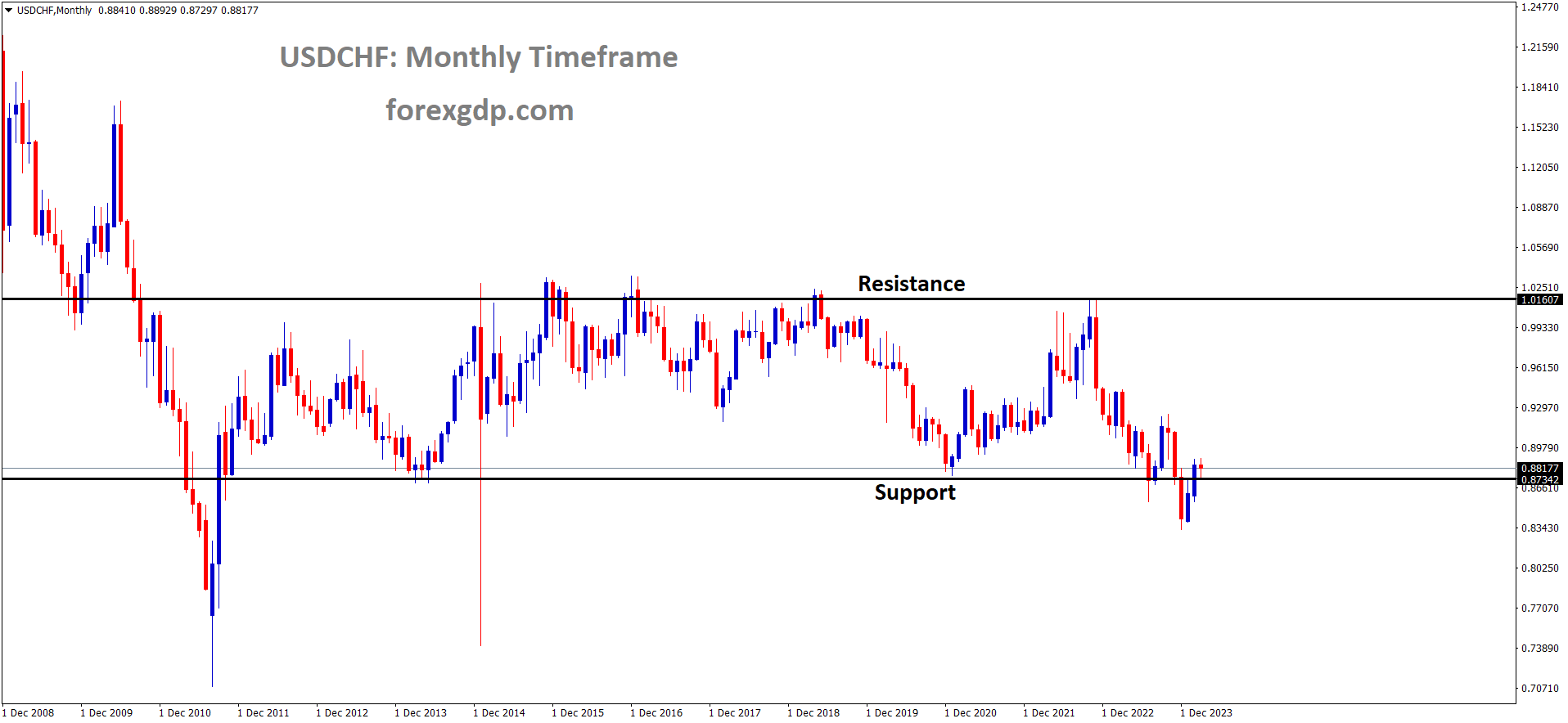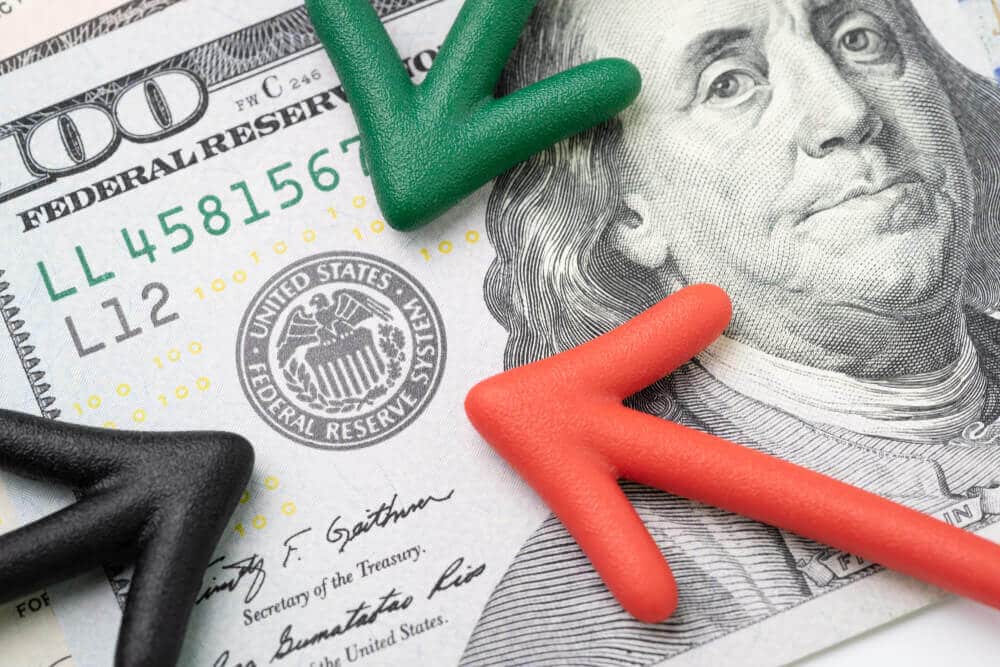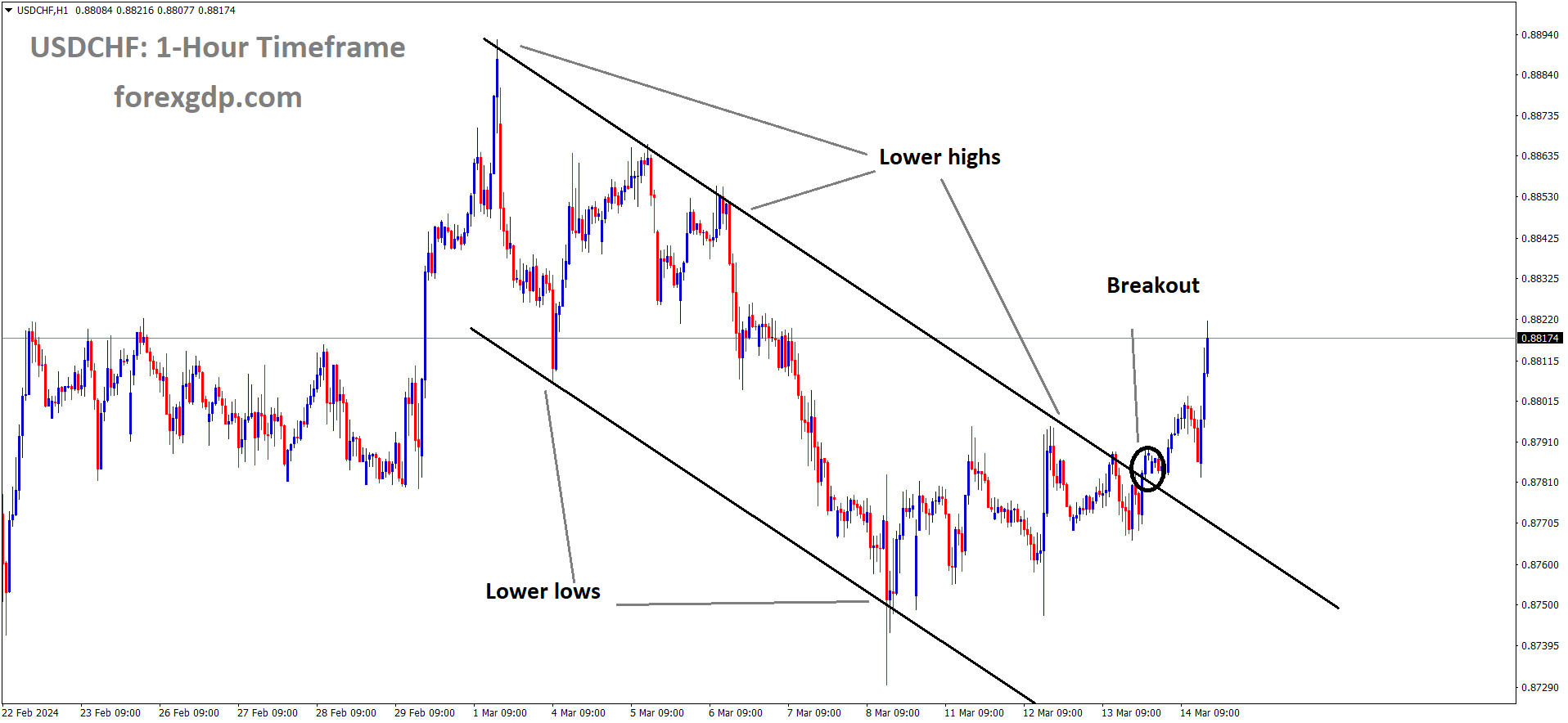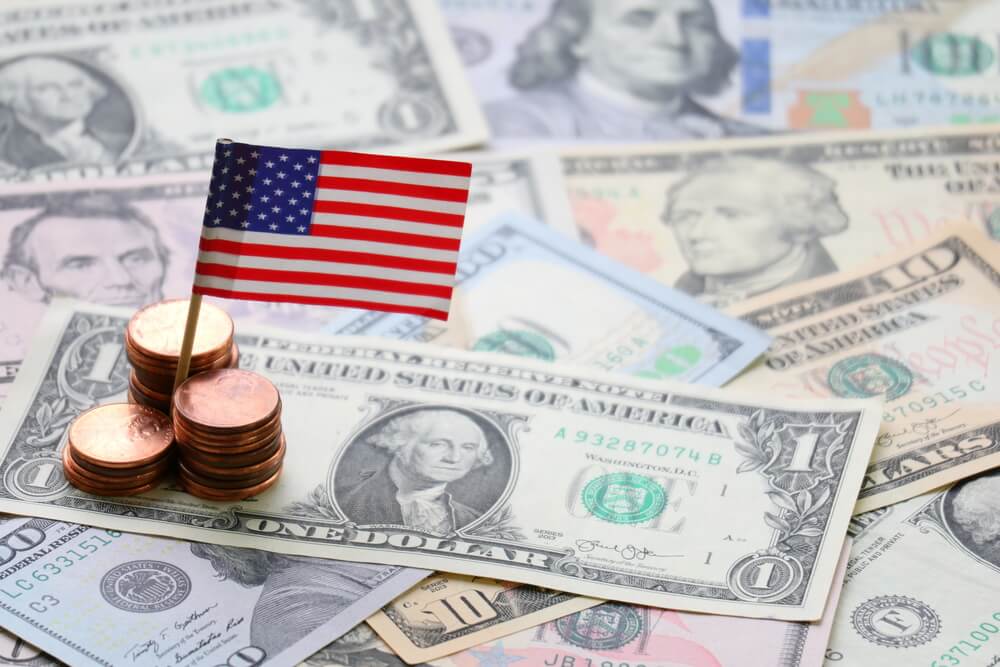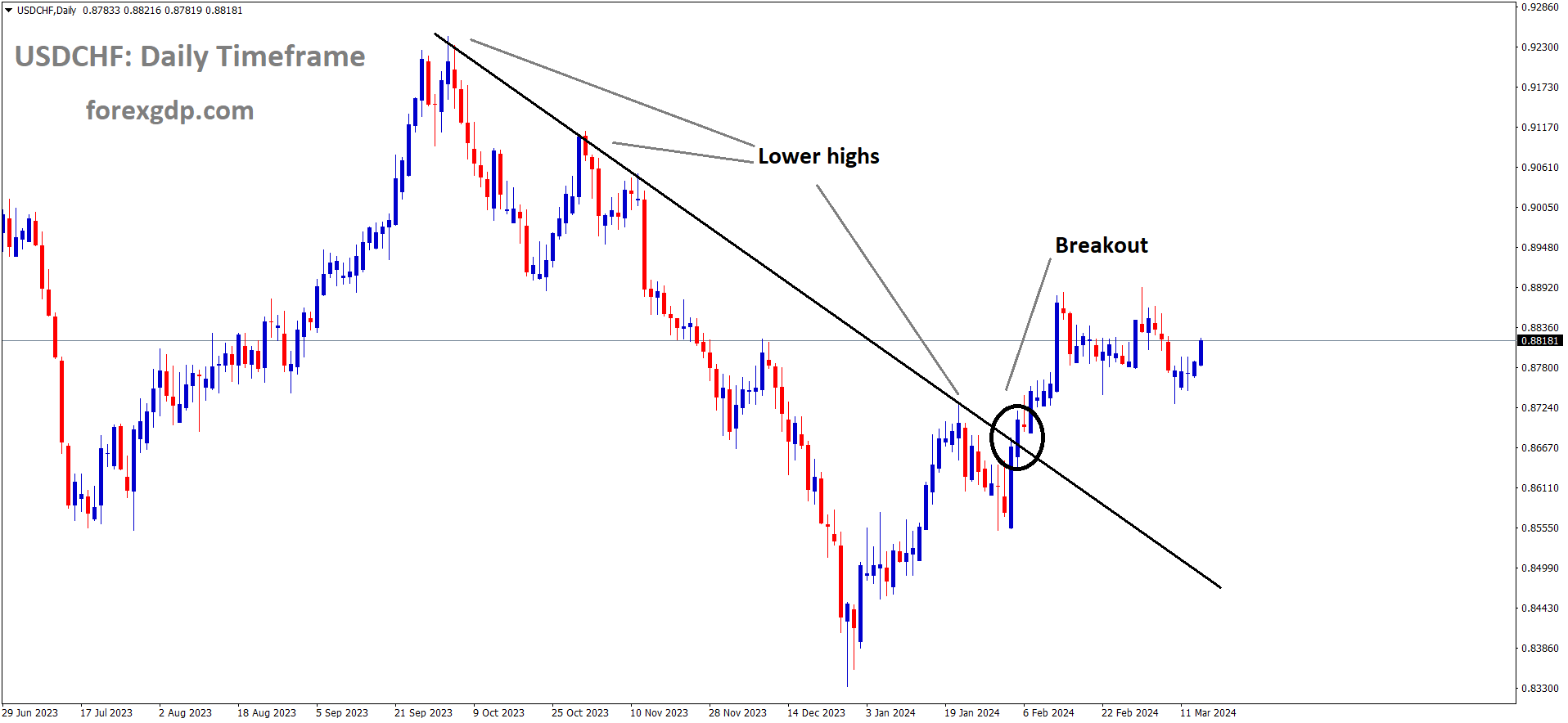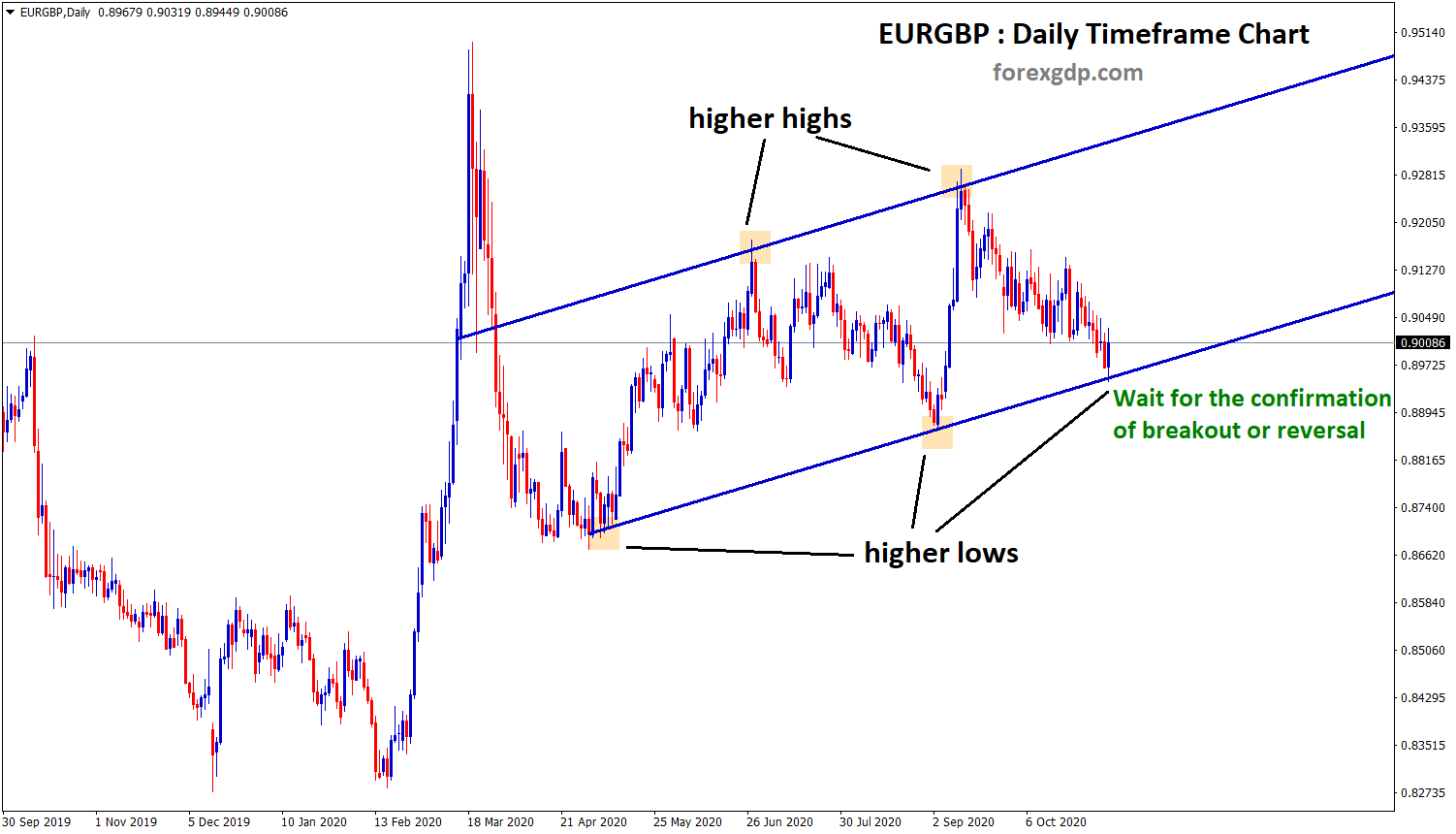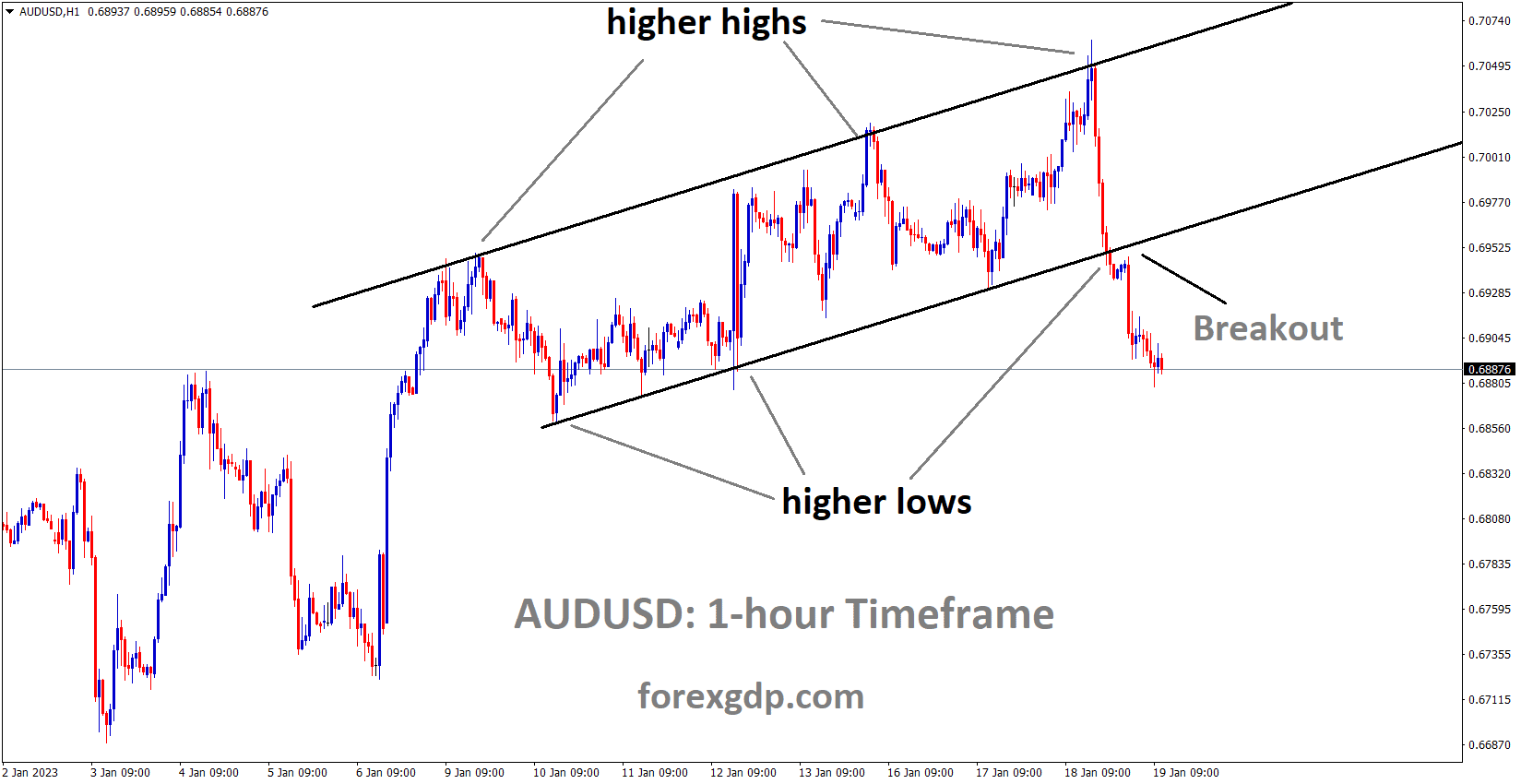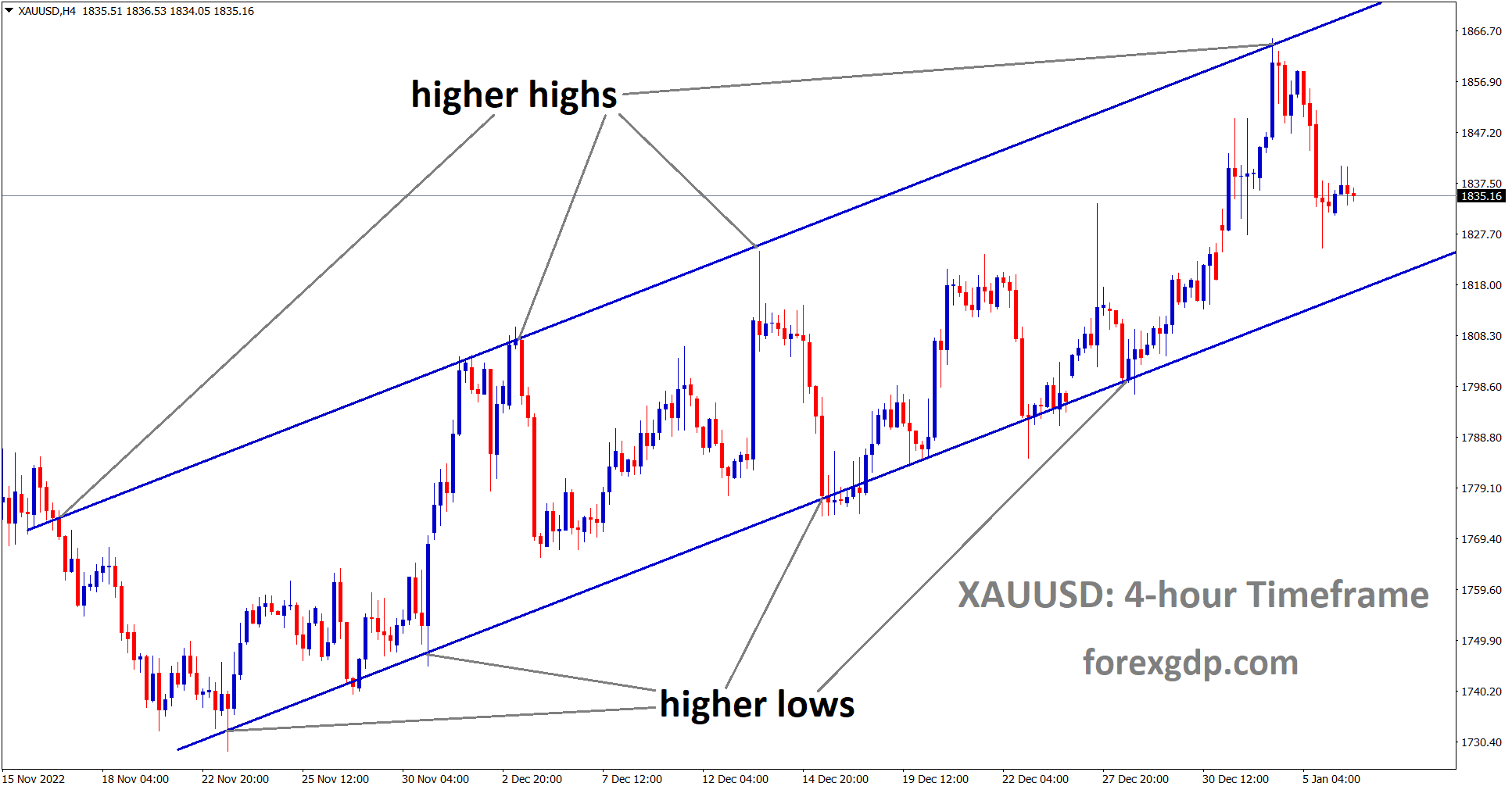USD: US retail sales up in February; weekly jobless claims drop
US Retail sales for February month came at 0.60% versus 0.80% expected and -1.1% printed in January month. This reading is not consumer spending higher with inflation rate, this reading is excluded Food, In February month Automobile sales and Gasoline sales were increased that was impacted in retail sales data. Core retail sales data also rose to 0.30% from -0.80% printed in Previous month. Jobless claims data decreased to 209000 versus 218K expected and 210K previous reading, just 1000 people filed lowered than previous month. US Dollar moved positive after the data printed.
USDCHF is moving in box pattern and market has reached support area of the pattern
U.S. retail sales rebound in February, driven by auto dealerships and gasoline stations, but consumer spending slows amid inflation and higher borrowing costs. Sales increased by 0.6% last month, with January’s figure revised down to a 1.1% decline. Core retail sales, excluding autos, gasoline, building materials, and food services, remained unchanged in February. Despite higher inflation, consumer spending remains resilient, supported by a tight labor market. The Federal Reserve, which has raised interest rates by 525 basis points since March 2022, is expected to begin cutting rates by June.
In a separate report, initial claims for unemployment benefits fell by 1,000 to 209,000 for the week ending March 9, lower than economists’ forecast of 218,000. However, the number of people receiving benefits after the initial week increased by 17,000 to 1.811 million. The government revised the data for both initial and continuing claims from 2019 through 2023 and implemented new models for seasonal adjustments.
USD: February retail sales rise by 0.6%, signaling concerns for US economy
US Retail sales for February month came at 0.60% versus 0.80% expected and -1.1% printed in January month. This reading is not consumer spending higher with inflation rate, this reading is excluded Food, In February month Automobile sales and Gasoline sales were increased that was impacted in retail sales data. Core retail sales data also rose to 0.30% from -0.80% printed in Previous month. Jobless claims data decreased to 209000 versus 218K expected and 210K previous reading, just 1000 people filed lowered than previous month. US Dollar moved positive after the data printed.
USDCHF has broken Descending channel in upside
In February, American consumers exhibited a slight increase in spending compared to the previous month, indicating a cautious approach towards their finances. The Commerce Department reported a 0.6% rise in retail sales for February, following a revised 1.1% decline in January, which was even lower than initially reported. This suggests a growing sense of financial prudence among consumers.
The uptick in February retail sales was influenced by various factors, including higher gas prices, increased auto sales, and a rebound in building materials. Excluding sales from gas stations and auto dealers, retail sales still managed a modest 0.3% increase.
Retail sales data, however, does not account for inflation, which rose by 0.4% from January to February, higher than the previous month’s figure of 0.3%. Adjusted for inflation, the actual increase in retail sales was minimal.
David Silverman, senior director at Fitch Ratings, noted that February’s retail sales figures underscore the likelihood of soft spending on discretionary goods in 2024, reflecting consumer caution amid inflation and reduced savings.
The shift towards services over goods continues, with restaurants being the only services category showing an uptick. This trend is driven by factors such as elevated interest rates, rising energy costs, and persistent discomfort with price levels, according to Kayla Bruun, senior economist at Morning Consult.
While retail sales at department stores, clothing and accessory stores, and furniture and home furnishings stores experienced declines, online sales saw a rare decrease of 0.1%. However, electronics and appliance stores reported a solid increase of 1.5%, while restaurants posted a 0.4% increase.
Household spending remains supported by a robust job market and rising wages. Despite efforts by the Federal Reserve to curb inflation by slowing spending, employers added 275,000 jobs in February, underscoring the economy’s resilience.
However, the complexity of managing inflation while maintaining economic growth poses challenges for the Federal Reserve and President Joe Biden’s re-election campaign. Retailers such as Walmart, Target, and Macy’s observe consumers being more constrained in their spending, often opting for essential purchases and seeking deals.
Chris Riccobono, founder of clothing chain Untuckit, noted a shift in consumer behavior towards waiting for sales, signaling a departure from pandemic-era shopping habits. Nevertheless, Untuckit plans to expand its physical stores, reflecting confidence in future consumer spending trends.
USD: February sees resilient consumer spending with retail sales rebound
US Retail sales for February month came at 0.60% versus 0.80% expected and -1.1% printed in January month. This reading is not consumer spending higher with inflation rate, this reading is excluded Food, In February month Automobile sales and Gasoline sales were increased that was impacted in retail sales data. Core retail sales data also rose to 0.30% from -0.80% printed in Previous month. Jobless claims data decreased to 209000 versus 218K expected and 210K previous reading, just 1000 people filed lowered than previous month. US Dollar moved positive after the data printed.
Retail sales rebounded in February following a significant drop the previous month.
In February, retail sales increased by 0.6% compared to the previous month, according to data from the Census Bureau. Economists had anticipated a higher increase of 0.8%, based on Bloomberg data. January’s retail sales had unexpectedly decreased by 1.1%.
The slight rebound in February’s retail sales indicates a slowdown in consumer spending growth at the beginning of 2024,” stated Michael Pearce, Deputy Chief US Economist at Oxford Economics.
Excluding auto and gas sales, February sales increased by 0.3%, aligning with expectations.
Among the categories, building materials and garden equipment saw the most significant increase, rising by 2.2%. Motor vehicle and parts dealers recorded a 1.6% increase, while electronics and appliance stores saw a 1.5% gain.
Despite the slowdown in consumer spending growth, the economy has remained robust in early 2024, with consensus forecasts indicating stronger economic growth in the first quarter. Additionally, the labor market has continued to exceed expectations by adding more jobs.
USDCHF has broken down trend line in upside
The economy’s resilience is highlighted against a backdrop of persistent inflation, which has not eased as quickly as anticipated. Economists believe that with the economy still growing and inflation showing resilience, the Federal Reserve can afford to delay interest rate cuts without risking a recession.
The retail sales report for this month supports our view of a strong yet cooling economy, remarked Ellen Zentner, Chief US Economist at Morgan Stanley. There is no urgency for the Fed to make a move on rates. We anticipate the first rate cut by the Fed in June, once sufficient data confirms a sustainable movement towards the 2% inflation target.
Don’t trade all the time, trade forex only at the confirmed trade setups.
Get more confirmed trade setups here: forexgdp.com/buy/


